how to program led stage lighting | Insights by LQE
- Understanding LED Stage Lighting Programming
- 1. What Are the Key Considerations When Programming LED Stage Lighting?
- 2. Which Software Tools Are Recommended for Programming LED Stage Lighting?
- 3. How Do I Set Up and Program DMX Lights?
- 4. What Are the Best Practices for Programming and Operating LED Stage Lighting?
- 5. How Do I Ensure the Safety and Stability of the Lighting Setup?
- 6. How Do I Choose the Right LED Fixtures for Stage Lighting?
- 7. How Do I Integrate LED Stage Lighting with Other Performance Elements?
- 8. What Are the Common Challenges in Programming LED Stage Lighting and How Can They Be Overcome?
- Conclusion: The Advantages of Choosing LQE for Your LED Stage Lighting Needs
Understanding LED Stage Lighting Programming
Programming LED stage lighting involves controlling the behavior of LED fixtures to create desired visual effects during performances. This process requires a solid understanding of lighting control protocols, fixture capabilities, and the use of specialized software tools.
1. What Are the Key Considerations When Programming LED Stage Lighting?
When programming LED stage lighting, consider the following:
Fixture Capabilities: Understand the specific functions and limitations of each LED fixture, including color mixing, movement, and intensity.
Control Protocols: Familiarize yourself with industry-standard protocols like DMX512, which allows for precise control of lighting fixtures. DMX512 transmits 512 channels of data, enabling control over various lighting parameters.
Software Tools: Utilize lighting design software to plan and visualize lighting setups. Tools like Capture 2025 Symphony Edition offer professional 3D DMX lighting design and visualization capabilities.
2. Which Software Tools Are Recommended for Programming LED Stage Lighting?
Several software tools are available for programming LED stage lighting:
Capture 2025 Symphony Edition: A professional 3D DMX lighting design and visualization software suitable for stage and event lighting.
Lightwright: A proprietary software that manages theatrical lighting data and paperwork, widely used in professional theater productions.
FocusTrack: A database program designed specifically for stage lighting applications, allowing lighting designers to document and recreate lighting setups.
3. How Do I Set Up and Program DMX Lights?
To set up and program DMX lights:
Connect Fixtures: Link your LED fixtures in a daisy chain configuration using DMX cables.
Assign DMX Addresses: Set the starting DMX address for each fixture to determine the specific channels used for control.
Use a Controller: Employ a DMX controller to manage the fixtures, adjusting parameters like color, intensity, and movement.
Program Scenes and Chases: Create predefined lighting sequences (scenes) and sequences of scenes (chases) to be triggered during performances.
4. What Are the Best Practices for Programming and Operating LED Stage Lighting?
Best practices include:
Pre-Programming: Set up lighting sequences in advance to ensure smooth transitions during the show.
Synchronization: Coordinate lighting cues with music, choreography, and other performance elements for a cohesive experience.
Safety Measures: Securely mount fixtures, check power sources, and conduct regular equipment inspections to ensure safety and stability.
5. How Do I Ensure the Safety and Stability of the Lighting Setup?
To ensure safety and stability:
Secure Mounting: Use appropriate clamps and safety cables to attach lights to battens or trusses, preventing accidental falls.
Check Power Sources: Ensure that power outlets can handle the total wattage of all connected fixtures to prevent overloading circuits.
Regular Inspections: Periodically inspect all equipment for signs of wear or damage, and replace faulty components promptly.
6. How Do I Choose the Right LED Fixtures for Stage Lighting?
When selecting LED fixtures:
Brightness Requirements: Choose fixtures with appropriate wattage based on the desired lighting intensity. For example, 5W/10W products are suitable for highlights or feature lighting, while 12W/15W/20W/24W products are better for intense primary lighting.
Color Mixing Capabilities: Consider fixtures with RGB or RGBW capabilities for dynamic color mixing.
Control Compatibility: Ensure fixtures are compatible with your chosen control protocol, such as DMX512.
7. How Do I Integrate LED Stage Lighting with Other Performance Elements?
To integrate LED stage lighting:
Synchronization: Coordinate lighting cues with music, choreography, and other performance elements for a cohesive experience.
Software Integration: Use software tools that allow for the integration of lighting with other media elements, such as video or audio.
Live Performance Control: Utilize controllers that enable real-time adjustments during performances to adapt to dynamic conditions.
8. What Are the Common Challenges in Programming LED Stage Lighting and How Can They Be Overcome?
Common challenges include:
Complexity of Setup: Simplify the setup process by using pre-visualization software to plan lighting designs before implementation.
Fixture Compatibility: Ensure all fixtures are compatible with the chosen control protocol and software to prevent integration issues.
Real-Time Adjustments: Prepare for live performance by practicing real-time adjustments and having backup plans for technical issues.
Conclusion: The Advantages of Choosing LQE for Your LED Stage Lighting Needs
LQE offers a comprehensive range of LED stage lighting solutions designed to meet the diverse needs of lighting professionals. With a focus on quality, innovation, and customer satisfaction, LQE provides products that deliver exceptional performance and reliability. Whether you're designing a small venue or a large-scale production, LQE's LED fixtures and control systems offer the flexibility and functionality required to bring your lighting designs to life.
For more information on LQE's products and services, visit their official website or contact their customer support team for personalized assistance.
Distributor
Is there a minimum order quantity (MOQ) to become a distributor?
MOQ requirements vary based on the product line and market region. However, for long-term distribution partnerships, we are flexible and can start with a trial order to build trust.
Do you offer OEM/ODM support for distributors?
Yes, as a professional OEM/ODM manufacturer, we support brand customization, including logo printing, packaging design, and even custom features based on project needs.
What are the advantages of becoming an LQE distributor?
Access to high-performance, patented lighting products
Competitive factory pricing and excellent profit margin potential
Strong R&D capabilities with 80+ national patents
Reliable production capacity: 100,000 units annually
Dedicated account manager to support your growth
1000w
Does LQE Offer a Stage Light Design Solution?
LQE experienced team glad to supply a stage lighting configuration design solution or suggestion for projector who don’t have much experience in lighting design, project, theatre and studio.
Can I Have a Sample Order for an LED DJ Light?
Sure, sample order are welcome to test and check LQE quality. Mixed samples are acceptable.
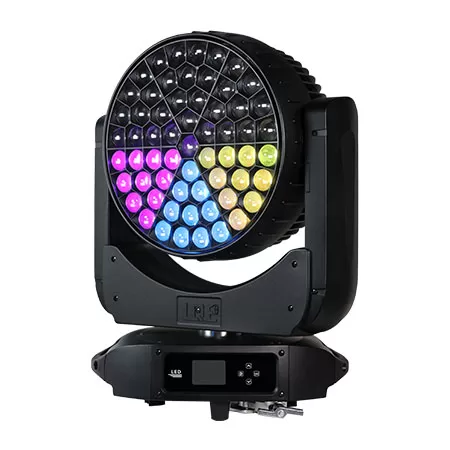
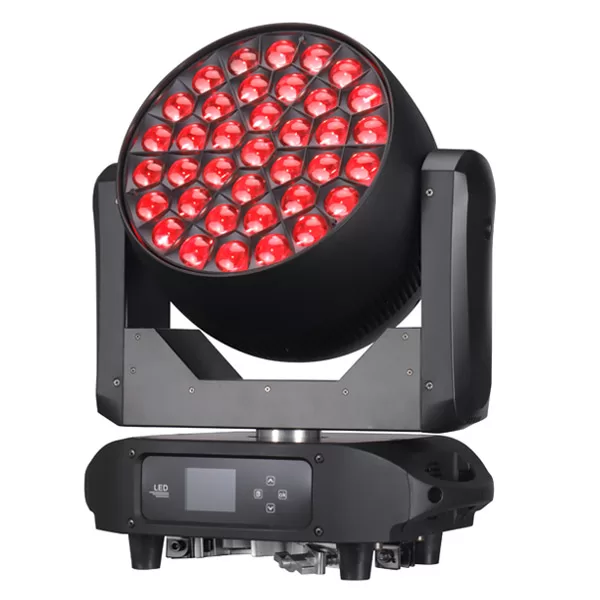
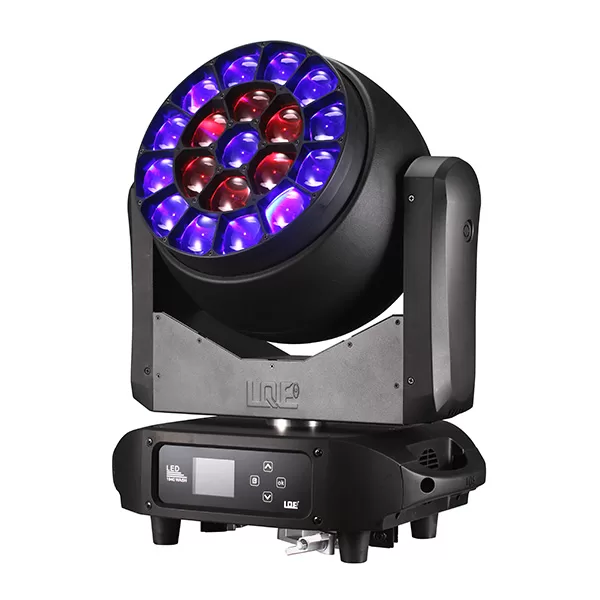
Want to learn more information?
[Reach out to us and receive professional guidance, a personalized quote, and the best solution for your needs.]

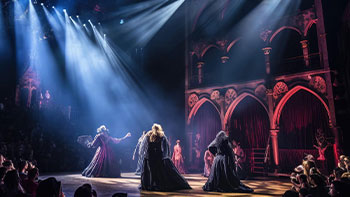
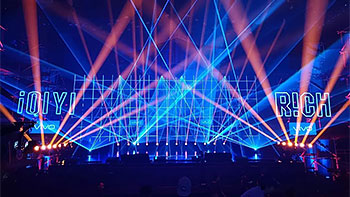
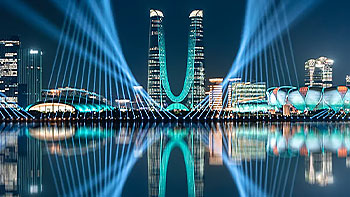
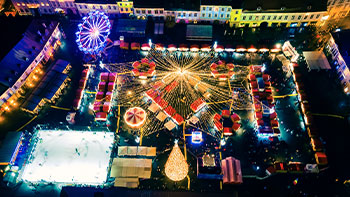
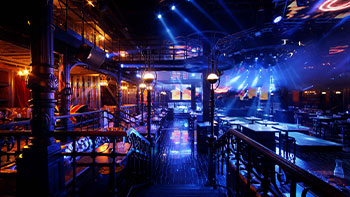
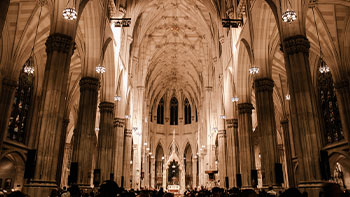






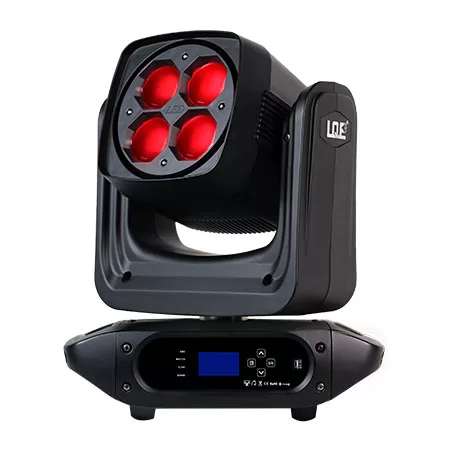
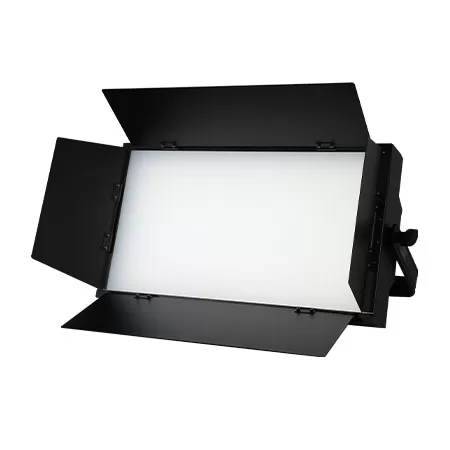
Linkedin
YouTube
Whatsapp: +8618924548390
TikTok